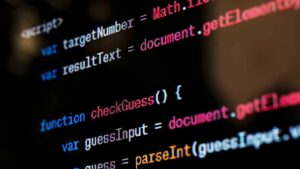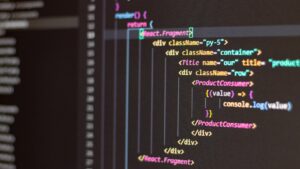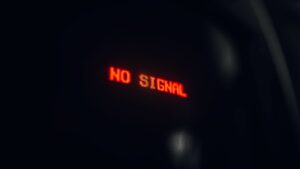 When delving into Java programming, encountering a stack overflow error is a common yet perplexing issue for developers. Understanding the root causes and effective solutions for this error is crucial in maintaining the efficiency of Java applications. In the realm of Java development, the stack overflow error can disrupt the flow of code execution, leading to frustration and delays in project timelines.
When delving into Java programming, encountering a stack overflow error is a common yet perplexing issue for developers. Understanding the root causes and effective solutions for this error is crucial in maintaining the efficiency of Java applications. In the realm of Java development, the stack overflow error can disrupt the flow of code execution, leading to frustration and delays in project timelines.
This article explores the nuances of the stack overflow error in Java, shedding light on its triggers and providing actionable insights to mitigate its impact on your coding endeavors. By grasping the intricacies of this error, developers can fortify their programming skills and enhance the performance of their Java applications.
Stack Overflow Error Java
What Is a Stack Overflow Error?
A stack overflow error in Java occurs when a program exceeds the limit of the call stack, which is a special region of memory that stores temporary variables created by each function. When this limit is surpassed due to excessive function calls or large stack space requirements,  the error is triggered. It’s vital for developers to manage the stack size properly to prevent this error and maintain application stability.
the error is triggered. It’s vital for developers to manage the stack size properly to prevent this error and maintain application stability.
Several factors can lead to a stack overflow error in Java, including recursive methods that call themselves indefinitely, incorrect memory allocation within functions, and excessively deep method call chains. Inadequate stack size allocation and inefficient memory management practices also contribute to this error. By identifying and rectifying these issues, developers can mitigate the occurrence of stack overflow errors and enhance the reliability of their Java applications.
How to Diagnose Stack Overflow Error in Java
When encountering a stack overflow error in Java, understanding how to diagnose the issue promptly is crucial for resolving it efficiently. By utilizing appropriate tools and techniques as well as interpreting error messages accurately, developers can pinpoint the root cause of the error and implement effective solutions.
Tools and Techniques
Developers can employ various tools and techniques to diagnose stack overflow errors in Java effectively. Profiling tools like VisualVM and Java Mission Control are valuable resources for analyzing application performance and identifying areas of concern, including excessive memory usage or inefficient code execution. Additionally, stack trace analysis tools such as Eclipse MAT can provide detailed insights into the call stack, helping developers visualize the method invocation hierarchy and detect potential recursion issues.
When faced with a stack overflow error, developers should pay close attention to the error messages generated by the Java Virtual Machine (JVM). These error messages often contain vital information about the cause of the stack overflow, such as the location in the code where the error occurred and the specific method or line that triggered it. By meticulously analyzing these error messages, developers can gain valuable insights into the underlying issue and take appropriate corrective actions to prevent future occurrences of stack overflow errors in their Java applications.
Solving Stack Overflow Errors
Debugging Step-by-Step
- Check Recursive Methods: Review the code for excessively deep recursive calls, which can lead to stack overflow errors. Ensure that recursive methods have proper termination conditions to prevent infinite recursion.
- Analyze Memory Usage: Monitor memory allocation and usage in the application to identify any memory leaks or inefficient memory
 management practices that could contribute to stack overflow errors.
management practices that could contribute to stack overflow errors. - Utilize Debugging Tools: Employ tools like VisualVM, Java Mission Control, or Eclipse MAT to analyze memory usage, thread behavior, and performance metrics to pinpoint the source of stack overflow errors.
- Optimizing Code: Refactor code to improve algorithm efficiency, reduce unnecessary recursive calls, and optimize memory usage. By writing clean and efficient code, developers can minimize the risk of stack overflow errors.
- Avoid Infinite Loops: Be cautious with loops and recursive functions to prevent infinite loops that can exhaust the stack space. Implement proper loop conditions and termination checks to ensure loop stability.
- Allocate Sufficient Memory: Ensure adequate memory allocation for the Java application to accommodate data structures, objects, and function calls without exceeding the stack size limit.
By following these debugging techniques and implementing best coding practices, developers can effectively solve stack overflow errors in Java and enhance the reliability of their applications.

